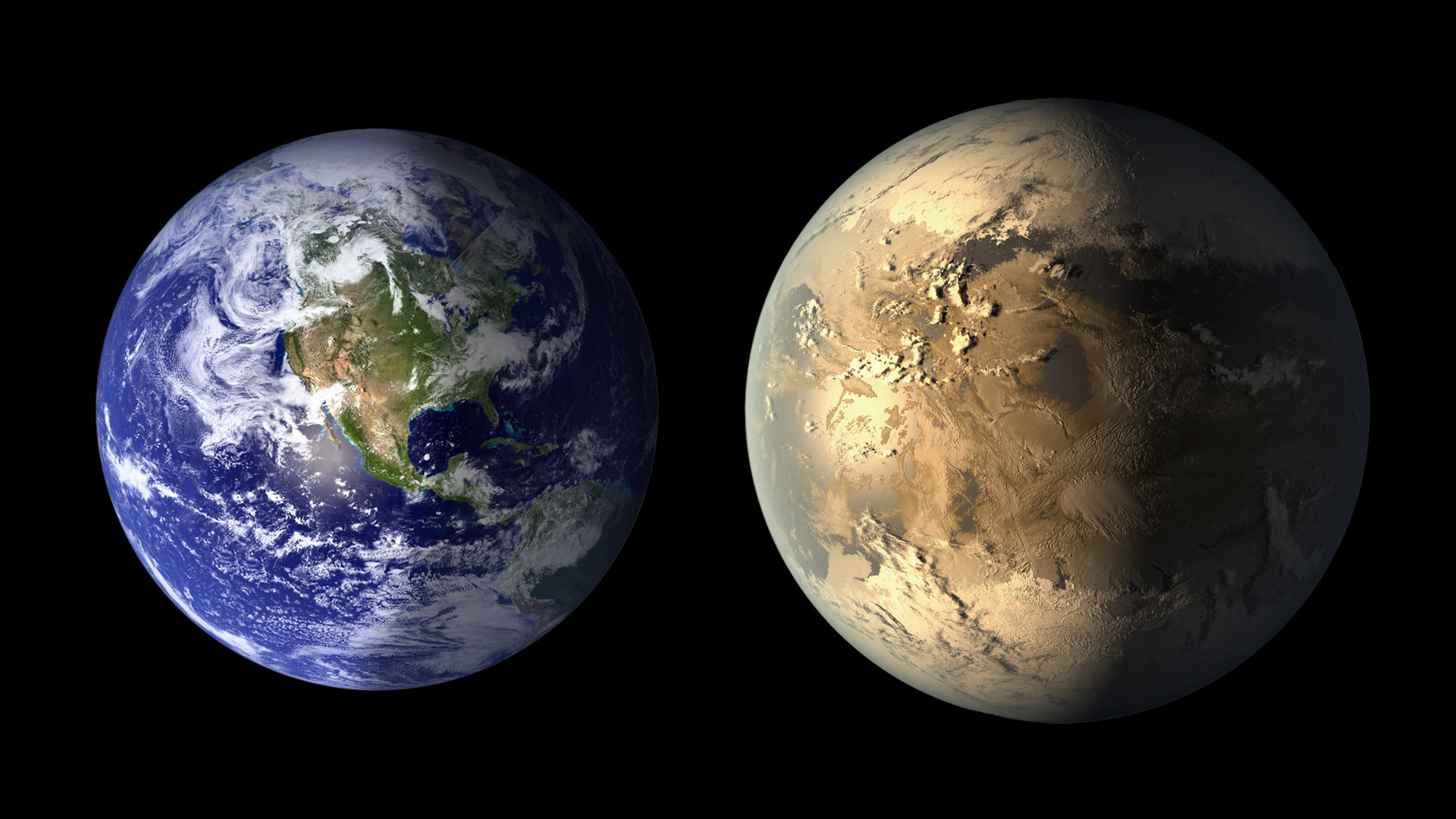Listen to the article:
NASA’s best spacecraft for finding planets has found a second world that is about the same size as Earth and may be able to keep water liquid. Both worlds orbit the same star.
Since its launch in April 2018, NASA’s Transiting Exoplanet Survey Satellite (TESS) has found 285 confirmed exoplanets and more than 6,000 candidates. One of the most interesting confirmed planets is called TOI 700 d. It is about the same size as Earth and is in the habitable zone of its star. Now, scientists know that the planet has a neighbour that is just as interesting. They found this out when the Earth-orbiting telescope told them in October 2021 that it had seen something interesting.
Astronomers find 2nd Earth-size planet in intriguing alien solar system https://t.co/LZnBuRnDJE pic.twitter.com/idqqcZ8dpr
— All About Space (@spaceanswers) January 10, 2023
“When we first looked at it, we thought, ‘Is this real?'” A NASA astronomer at the Jet Propulsion Laboratory in California, Emily Gilbert, told Space.com. Gilbert and her coworkers will talk about their research at the 241st meeting of the American Astronomical Society, which is being held in Seattle and online this week.
NASA’s best spacecraft for finding planets has found a second world that is about the same size as Earth and may be able to keep water liquid. Both worlds orbit the same star.
Since its launch in April 2018, NASA’s Transiting Exoplanet Survey Satellite (TESS) has found 285 confirmed exoplanets and more than 6,000 candidates. One of the most interesting confirmed planets is called TOI 700 d. It is about the same size as Earth and is in the habitable zone of its star. Now, scientists know that the planet has a neighbour that is just as interesting. They found this out when the Earth-orbiting telescope told them in October 2021 that it had seen something interesting.
Also read: South Korea defends its China travel restrictions with shocking Covid statistics.
“When we first looked at it, we thought, ‘Is this real?'” A NASA astronomer at the Jet Propulsion Laboratory in California, Emily Gilbert, told Space.com. Gilbert and her coworkers will talk about their research at the 241st meeting of the American Astronomical Society, which is being held in Seattle and online this week.
Scientists were already comparing the system to TRAPPIST-1, which is 39.5 light-years away and has seven Earth-sized planets. “It’s a really interesting way to compare the two,” Gilbert said. She said that because TRAPPIST-1 is a brighter and more active star, it will be easier to keep studying the TOI 700 system. “The TRAPPIST system is very, very close; all those planets are packed in there very, very tightly.”

Now, Gilbert and her coworkers say that TOI 700 d has an interesting third sibling. This planet, which astronomers have named TOI 700 e, isn’t quite in what is usually called the habitable zone, but this term is still changing. Astronomers have learned that Venus and Mars probably both had water on their surfaces in the past. Because of this, some have proposed a “optimistic” habitable zone, which is where TOI 700 e is located.
Gilbert and her colleagues think that TOI 700 e is about 95% the size of Earth. This means that it is probably made of rocks and goes around the sun once every 28 Earth days, which puts it between TOI 700 c and d. The new planet is also likely to be tidally locked, which means that it always shows the same side to its star.
“That’s most of what we know right now based on TESS data alone, but we do have other projects going on to learn more about this,” Gilbert said. “We haven’t seen any results yet, but good things are on the way.”




One Comment
One Ping
Pingback:This week, a rare green comet will pass by Earth. - Republic Aeon